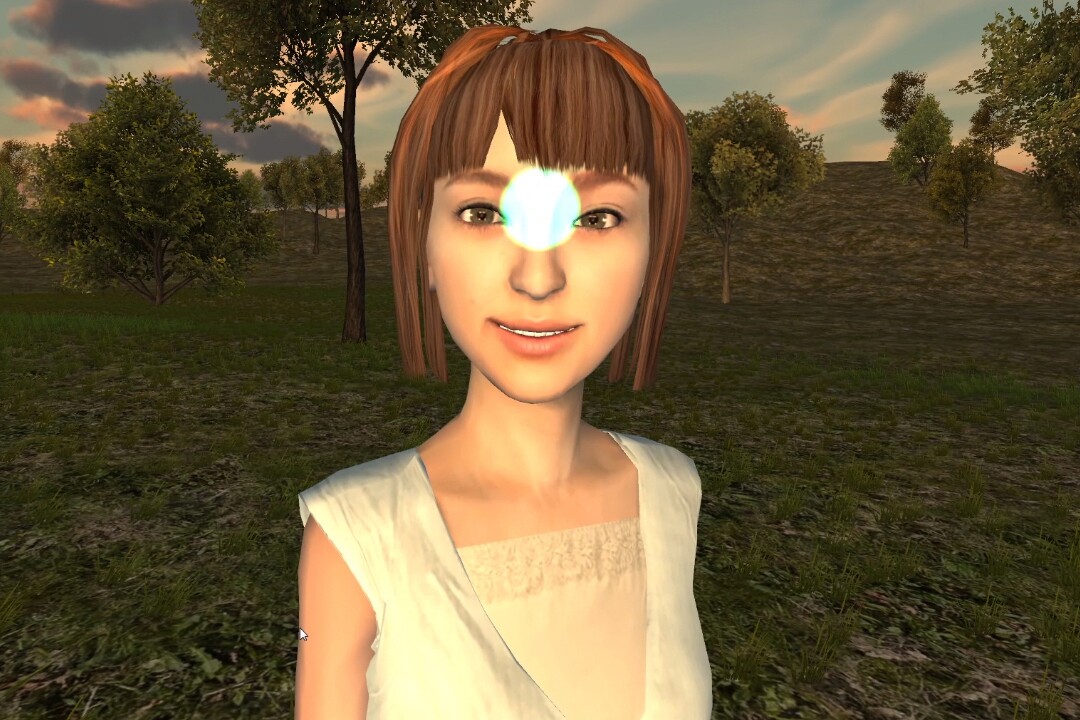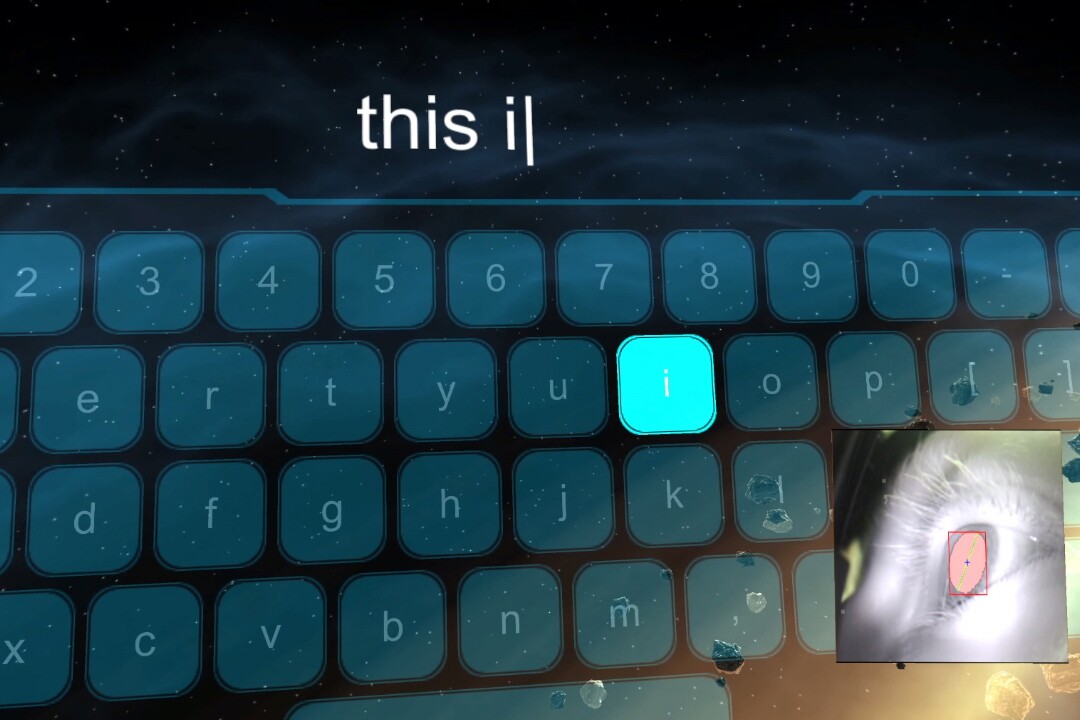Back in 2011, Google filed a patent for an unlock system for Google Glass that would use eye-tracking technology. Tokyo-based startup Fove believes the combination of a head mounted display (HMD) and eye-tracking technology has far wider applications and is working on just such a device aimed at the consumer market. Microsoft apparently agrees, having accepted the company into its Ventures Accelerator in London earlier this month.
Like the Oculus Rift, the Fove HMD uses a variety of sensors embedded in the headset to track head orientation, including a high-refresh gyroscope, accelerometer and magnetometer sensor. An external unit is also used to track head movements. However, in what the company says is a world first for consumer-oriented HMDs, the integration of eye-tracking technology gives Fove another level of user interaction.
Instead of relying on hand-based input devices like a games controller or mouse, which the Fove says often don't lend themselves to a deep 3D environment, the Fove's eye tracking lets users control things with their gaze. Aiming weapons in a first person shooter, smarter enemies that are able to exploit a user's blind spot and virtual characters able to recognize where the user is looking in an interactive movie and reacting accordingly are just some examples of the potential for the technology highlighted by the company.

In addition to another level of user interaction, the company is also claiming that its device offers a greater level of visual immersion. Unlike other HMDs that have a uniform sharp focus across the entirety of the displays, the Fove actually adjusts focus of a scene by determining where in the 3D space the user is looking through tracking their gaze and parallax. This is where the Fove derives its name from, referring to both field of view (FOV) and the fovea centralis (generally known as the fovea), which is area of the retina responsible for sharp central vision.
Not only does this mimic human vision in the real world by blurring the areas that the user isn't looking at directly, but it also allows computing resources responsible for rendering a scene to be allocated more efficiently.
In addition to the obvious gaming applications, Fove also holds potential in amusement park installations and medical applications. Using software it is developing in cooperation with the Japan's National University Corporation and the University of Tsukaba linked Kirigaoka Special Education School, the company says patients with restricted use of their hands can simulate using a mouse and keyboard through the eye-tracking capabilities of the device. Additional research onto the device's potential in virtual communication therapy for autism patients is also being conducted.

Having completed development of its first proof of concept, Fove has recently been accepted into the Microsoft Ventures Accelerator, with the company set to look at a possible future partnership with Xbox for the device. It plans to unveil a prototype device and preliminary details of an upcoming SDK at the Microsoft Ventures Accelerator Pitch day to be held in December and is also planning to launch a Kickstarter crowdfunding campaign early next year.
The following teaser video gives a glimpse of the Fove's eye-tracking capabilities.
Source: Fove







